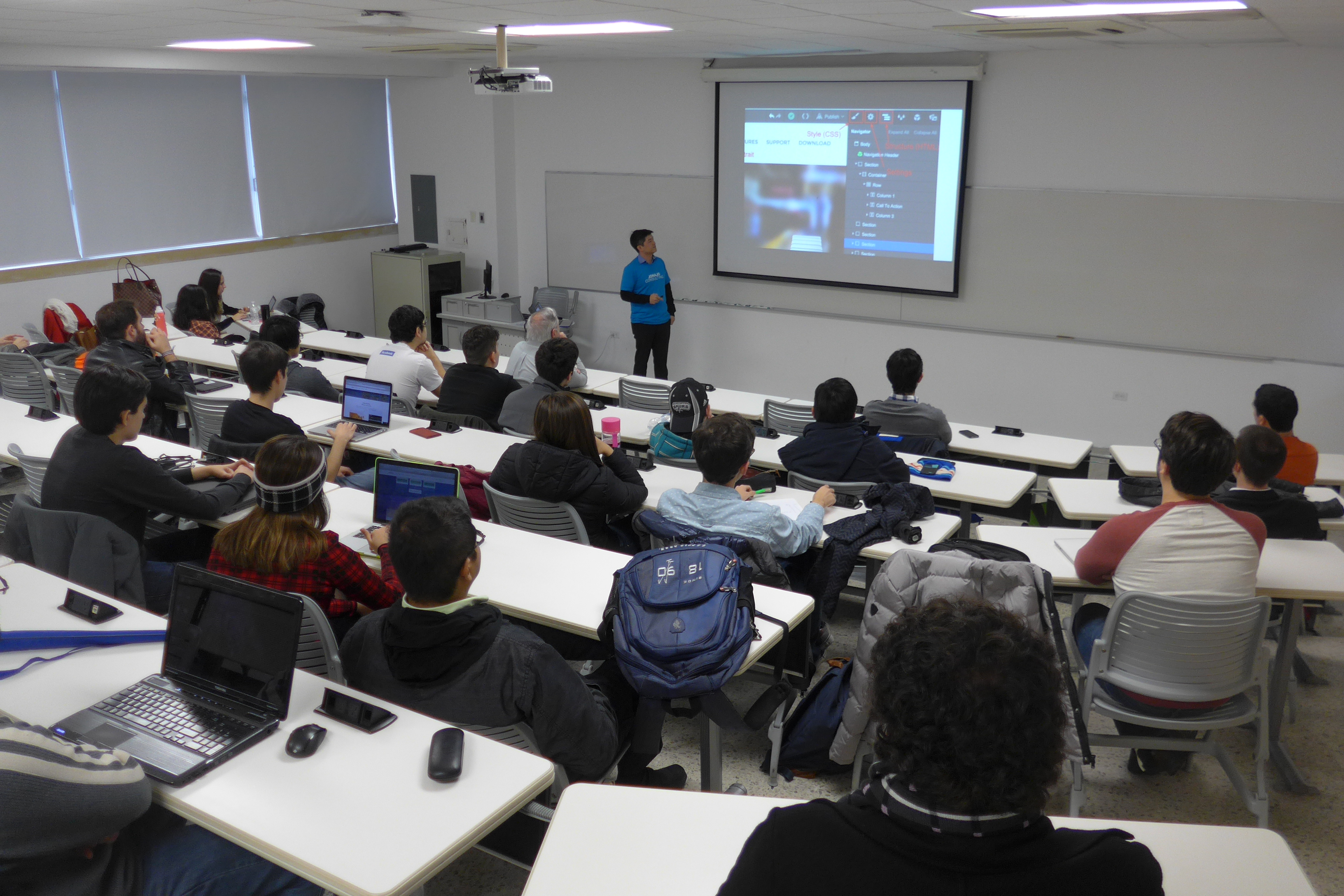In the dynamic landscape of modern workplaces, a new figure is gaining prominence—the Chief of Happiness. This unique role is not just a catchy title; it signifies a shift towards prioritizing employee well-being and cultivating a positive workplace culture. As companies recognize the importance of a happy and engaged workforce, the Chief of Happiness has emerged to spearhead initiatives that go beyond traditional HR functions.
Unveiling the Happiness Purpose
The Chief of Happiness isn’t just a title; it’s a strategic response to modern workplace challenges. Amidst concerns of burnout and disengagement, organizations recognize the need for a dedicated advocate, to address changing workforce expectations head-on.
Tackling Disengagement Head-On
Employee disengagement hampers productivity and morale. The Chief steps in armed with strategies to reignite enthusiasm, creating a workplace where employees feel valued. Fostering belonging and purpose, this role bridges the gap between organizational goals and individual aspirations.
Beyond Ping Pong Tables: Building an Environment with Happiness
Contrary to the stereotype of workplace happiness tied to perks, the Chief prioritizes a holistic work environment. Beyond recreational benefits, they promote respect, inclusivity, and professional growth, extending influence beyond traditional perks.
Key Responsibilities: Fostering Well-Being and Productivity with Happiness

Crafting a Positive Atmosphere
The Chief of Happiness is on a mission to create a positive and nurturing workplace atmosphere, going beyond superficial gestures. Focused on embedding a culture of support, appreciation, and collaboration, they organize team-building activities, recognize achievements, and encourage open communication—laying the foundation for a thriving workplace.
Mitigating Stress and Enhancing Productivity
Stress is a common companion in the corporate world, often leading to diminished productivity and employee burnout. The Chief takes on the responsibility of implementing strategies to alleviate stress, introducing mindfulness programs, and promoting a healthy work-life balance. By addressing the root causes of stress, this role becomes a catalyst for enhanced focus and productivity.
Nurturing Personal and Professional Growth
A happy workforce thrives on opportunities for personal and professional development. The Chief of Happiness collaborates with HR and management to identify avenues for skill enhancement, career advancement, and continuous learning. This proactive approach benefits individual employees and contributes to the overall growth and adaptability of the organization.
Balancing Expectations
One challenge lies in striking the right balance between fostering happiness and focusing on productivity and organizational goals. The Chief of Happiness must navigate this delicate equilibrium, ensuring that employee well-being aligns with the broader objectives of the company.
In conclusion, the Chief of Happiness is not just a novel title but a strategic investment in the human capital that propels an organization forward. By prioritizing happiness, companies can create a workplace where individuals flourish, paving the way for sustained success and innovation. As the corporate landscape continues to evolve, the Chief stands as a beacon for a more holistic and people-centric approach to leadership.


